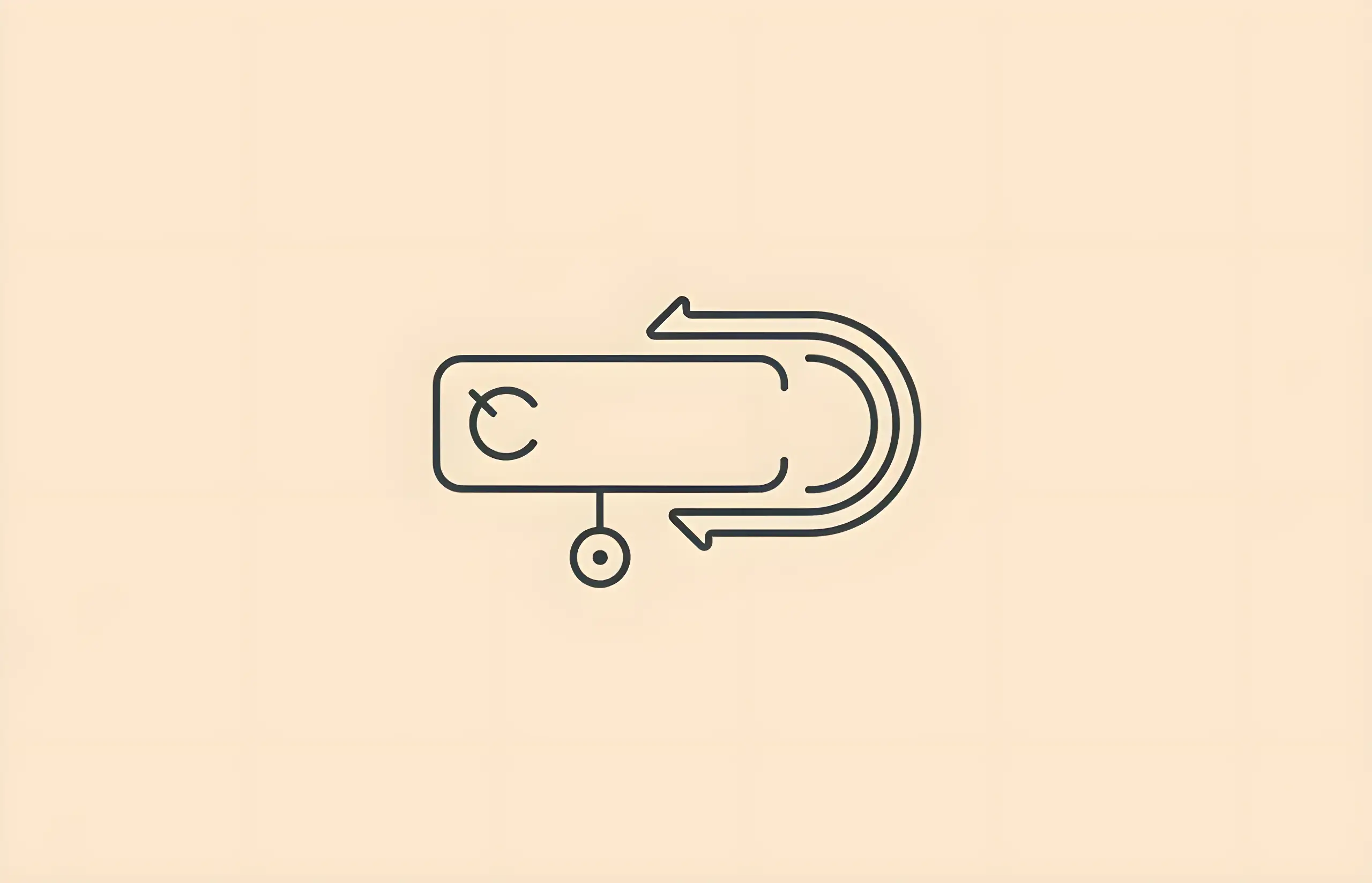Once your Invisalign treatment is finished, you may be reluctant to wear another oral appliance. However, you must wear your retainer as advised by your dentist or orthodontist. If you fail to wear this as instructed, your teeth may begin to move back into their original positions.
If you wonder, "do you have to wear Invisalign forever?" the answer is nuanced but important: the retainer is something you have to continue wearing if you want to maintain the results the treatment achieved. Research shows this isn't just a recommendation—it's critical for long-term success. Even if you don't see your teeth moving and shifting at first, the changes will become more noticeable as time passes. For example, if you go a few days without wearing your retainer, it may feel tight when you put it back in.
Keep reading to learn more about the duration of Invisalign treatment and how long retainers are necessary, backed by the latest scientific research. With this information, you can decide if Invisalign is a smart investment and understand the lifelong commitment required.
Is a Retainer Necessary After Using Invisalign?
The answer to "do you have to wear Invisalign forever?" is yes, but the amount of time you must wear it will be reduced as time passes. While Invisalign will move your teeth differently than how traditional metal braces do, the result is the same. You must wear your retainers after any type of teeth straightening process to ensure the results stay in place.
The Science Behind Lifelong Retention
A 2024 study published in the Journal of Pharmacy & Bioallied Sciences examined 175 patients and found compelling retention data:
Relapse Rates by Retainer Type:
- Fixed retainers: 13.3% relapse rate
- Removable retainers: 25.0% relapse rate
- Combination methods: 12.5% relapse rate
While removable retainers showed higher relapse rates, the difference didn't reach statistical significance (P = 0.079), meaning both types can be effective with proper use.
Long-Term Alignment Statistics
The sobering reality is that without consistent retention, most patients lose their orthodontic corrections:
- After 10 years: Only 30-50% of patients retain satisfactory alignment
- After 20 years: Only 10% maintain satisfactory alignment
A 2022 review emphasized that "orthodontic patients should wear their retainers for life in order to maintain their stable results as long as possible," noting that "orthodontic treatment results are not stable in the long term and even after 10 or 20 years, the stability and good alignment of teeth are not guaranteed."
Invisalign Wear Requirements
During Invisalign treatment, you will have to wear your trays for 20 to 22 hours per day, every day. This strict compliance is essential for treatment success—if aligners aren't worn as prescribed, treatment takes longer or may not be successful.
After the initial treatment, the retainer usage will be reduced significantly. Just remember, wearing it is necessary to ensure your teeth do not move or shift back toward their original positions.
How Long Do You Need to Wear a Retainer?
The retention schedule progresses through several phases:
Phase 1: Initial Full-Time Retention (First 3-6 Months)
Immediately after completing Invisalign, you'll need to wear retainers full-time (except when eating and brushing). This critical period allows:
Bone Remodeling: Research shows that bone density decreases approximately 23% during active orthodontic treatment. During the retention period (20-22 months), bone density increases about 32%, resulting in bone density relatively constant compared to pre-treatment levels (statistically nonsignificant difference).
Cortical Bone Recovery: Cortical bone requires approximately 6 months to reestablish following pronounced tooth movement. The periodontal ligament re-establishes on the pressure side similarly to an unmoved tooth, but on the tension side where new bone formation is required, re-establishment occurs more slowly and the periodontal ligament maintains tension seeking to draw the tooth back to its original position.
Phase 2: Transition to Nightly Wear (Months 6-12)
After sufficient bone remodeling, you'll transition to wearing retainers only at night. This allows teeth to stabilize while new bone continues to mature around them.
Phase 3: Long-Term Maintenance (12+ Months)
After a period of 12 months has passed, there should be enough new bone around your teeth to help keep them stable. This means you will not have to wear your retainers as often to maintain your straight and healthy smile.
However, your dentist will likely recommend that you wear the retainers 3 to 5 times per week indefinitely.
Why Lifelong Retention Matters
Even though your teeth will not move as dramatically after your jawbone regains enough bone tissue, they can move inward and forward as you age. While you may not notice this overnight, it is something that will occur over the years.
Research confirms that teeth have a lifelong tendency to move back toward the original malocclusion due to:
- Periodontal factors - ligament tension pulling teeth toward original positions
- Gingival factors - tissue memory and pressure
- Occlusal factors - bite forces and tooth contacts
- Growth-related factors - jaw development continues into adulthood
Fixed vs Removable Retainers: Which Is Better?
Understanding the differences between retainer types helps you make an informed decision:
Fixed (Bonded) Retainers
A thin wire permanently bonded to the back of your front teeth.
Advantages:
- Lower relapse rate: 13.3% vs 25% for removable
- Perfect compliance: 100% at 4-year follow-up (can't forget to wear it)
- Minimal irregularity increase: 0.85mm median at 4 years
- Patient preference due to not having to remember to wear them
Disadvantages:
- High failure rate: 35.22% overall according to systematic review
- Maxillary arch: 37.53%
- Mandibular arch: 38.67%
- Time-based failure progression:
- Short-term (up to 1 year): 24.18%
- Medium-term (1-4 years): 40.09%
- Long-term (5-6 years): 53.85%
- Failure rates vary widely: 11-53% depending on study
- Requires excellent oral hygiene to prevent plaque buildup
- More difficult to clean between teeth
- Can break or detach, requiring dental visits for repair
Removable Retainers
Clear plastic trays similar to Invisalign aligners.
Advantages:
- Easy to clean teeth thoroughly
- Can be removed for eating and special occasions
- Easier to replace if lost or damaged
- Similar periodontal health outcomes as fixed retainers
Disadvantages:
- Higher relapse rate: 25% (though not statistically significant vs fixed, P=0.079)
- Poor long-term compliance:
- Baseline: 0% non-compliance
- 6 months: 19% non-compliance
- 2 years: 52% non-compliance
- 4+ years: 67% non-compliance
- Greater irregularity increase: 1.47mm median at 4 years
- Easy to forget or lose
- Requires consistent discipline
- May wear out faster, requiring replacement every 1-2 years
Combination Approach
Some orthodontists recommend both: fixed retainers on lower front teeth (most prone to relapse) plus removable retainers for full arch retention.
Results:
- Relapse rate: 12.5% - comparable to fixed retainers alone
- Provides backup if one system fails
- Best of both worlds for high-risk cases
What Happens If You Don't Wear Your Retainer?
The consequences of non-compliance are well-documented in research:
Immediate Effects (Days to Weeks)
If you go a few days without wearing your retainer, it may feel tight when you put it back in. This tightness indicates your teeth have already begun to shift.
Short-Term Effects (Weeks to Months)
Research shows that "from posttreatment to follow-up, the irregularity of the mandibular incisors increased almost 3 times more in participants with no retainer in the mandible compared with those with an intact retainer."
Visible shifting becomes noticeable, gaps may reopen, and teeth begin rotating back toward original positions.
Long-Term Effects (Years)
Without retention:
- 10 years post-treatment: Only 30-50% retain satisfactory alignment
- 20 years post-treatment: Only 10% maintain satisfactory alignment
Real-World Compliance Data
A study examining 2,644 clear aligner therapy patients found that among those who had reported previous orthodontic treatment:
- 81.6% no longer had any retainer
- 9.4% had fixed retainer
- 8.4% had removable retainers
- 0.6% had both
This suggests that patients who had experienced previous orthodontic treatment might have been non-compliant with their retention protocol, leading to relapse.
The Biology of Orthodontic Relapse
Understanding why teeth move back helps explain the need for lifelong retention:
Periodontal Ligament Memory
The periodontal ligament contains fibers that maintain "memory" of original tooth positions. After orthodontic movement is completed, the ligament on the tension side "maintains tension seeking to draw the tooth back to its original position."
Bone Remodeling Timeline
During Active Treatment:
- Bone density decreases approximately 23%
- Alveolar bone thickness decreases with tooth movement
- Both forward and backward movements increase distance from cementoenamel junction to marginal bone crest
During Retention Period (20-22 months):
- Bone density increases approximately 32%
- Post-treatment lingual alveolar bone defects recover to some extent
- Cortical bone begins reestablishing (requires 6 months minimum)
- New bone formation occurs more slowly on tension side
Long-Term:
- Bone repair may take longer than 6 months or remain incomplete years after treatment
- Controlled tooth movement preserving bone height and thickness shows better stability
- CBCT monitoring recommended to track bone changes
Unwanted Movements Despite Retainers
Even with intact fixed retainers, unexpected tooth shifts occur in approximately 1.1% to 5% of patients. These movements can occur across three spatial dimensions—sagittal, vertical, and transverse planes—highlighting that retention, while highly effective, isn't foolproof.
Alternatives to Traditional Invisalign Retainer
If you want to achieve straighter teeth and have more confidence in your smile, there are a few alternatives to Invisalign. Some of the most popular options include Byte, Smile My Teeth, and SmileDirectClub. Along with providing the desired results, these options are more affordable alternatives that many people have found effective.
However, regardless of which system you choose for active treatment, the retention requirements remain the same. All orthodontic treatments require lifelong retention to maintain results.
Cost Considerations for Retainers
Initial Retainers
Most Invisalign packages include the first set of retainers in the treatment cost. If not, expect to pay:
- Removable retainers: £50-£200 per arch
- Fixed retainers: £150-£500 depending on number of teeth bonded
Replacement Retainers
Since you'll need retainers indefinitely, budget for replacements:
- Removable retainers: Typically need replacement every 1-2 years
- Cost: £50-£150 per replacement
- More frequent if you have bruxism (teeth grinding)
- Fixed retainers: May need repair or replacement if they break
- Repair cost: £50-£200
- Full replacement: £150-£500
See our guide on how much is a replacement retainer for detailed UK pricing.
Are You Committed to Invisalign Treatment?
Before deciding if you should undergo Invisalign treatment, you need to ensure you are committed to the ongoing treatment and understand the answer to, "do you have to wear Invisalign forever?"
Questions to Ask Yourself:
Can I wear aligners 20-22 hours per day during active treatment?
- Compliance is critical for treatment success
- Non-compliance extends treatment time significantly
Will I commit to lifelong retainer wear?
- Research shows 67% non-compliance with removable retainers after 4 years
- Are you in the 33% who will maintain discipline?
Am I willing to accept some relapse risk?
- Even with perfect retention, 13.3% relapse rate with fixed retainers
- 35.22% bonded retainer failure rate overall
Can I afford long-term retainer replacement?
- Budget £50-£200 every 1-2 years for removable retainer replacement
- Or accept £150-£500 for fixed retainer placement and occasional repairs
Do I have the oral hygiene habits for retainer care?
- Both fixed and removable retainers increase plaque and gingival inflammation risk
- Excellent hygiene essential for long-term success
Making It Worthwhile
This is the only way you will be able to make the investment worthwhile. Even if you choose one of the more affordable alternatives, you need to make sure to follow your dentist's or orthodontist's instructions to achieve the long-term results desired.
For detailed cost information, see our guides:
- How Much Does Invisalign Cost in the UK?
- How Much Does Invisalign i7 Cost?
- Can You Pay Monthly for Invisalign?
Tips for Successful Lifelong Retention
Based on research findings, here are strategies to maximize your retention success:
1. Choose the Right Retainer Type
- If you have poor compliance history: Fixed retainers (100% compliance at 4 years)
- If you have excellent hygiene: Removable retainers (easier to clean)
- If you had severe crowding: Combination approach (12.5% relapse rate)
2. Set Up Retention Reminders
For removable retainers:
- Set phone alarms for retainer insertion
- Keep retainer case visible on nightstand
- Create a bedtime routine that includes retainer wear
- Track wear on calendar or app
3. Maintain Multiple Sets
- Order backup retainers to prevent gaps in wear if one breaks
- Keep one set at home, one for travel
- Replace proactively before they wear out
4. Attend Regular Dental Checkups
- Monitor fixed retainer integrity
- Check for early signs of relapse
- Professional cleaning to prevent gingival inflammation
- Evaluate need for retention protocol adjustments
5. Address Non-Compliance Early
If you miss several nights:
- Resume wear immediately (retainer may feel tight)
- Increase frequency temporarily to recapture lost position
- Contact orthodontist if retainer no longer fits
Final Thoughts
Do you have to wear Invisalign retainers forever? The evidence overwhelmingly says yes:
Key Takeaways:
- Wear schedule: 20-22 hours/day during treatment → full-time 3-6 months → nightly 6-12 months → 3-5 nights/week lifelong
- Relapse without retention: Only 30-50% retain alignment at 10 years, 10% at 20 years
- Fixed retainers: 13.3% relapse, 100% compliance, but 35.22% failure rate (53.85% at 5-6 years)
- Removable retainers: 25% relapse, 67% non-compliance at 4 years, easier to clean
- Bone remodeling: Takes 6-12 months for cortical bone maturation, critical retention period
- Lifelong commitment: Teeth have permanent tendency to move toward original positions
The investment in Invisalign treatment (£1,500-£5,000 in the UK) only pays off with lifelong retention commitment. Research confirms that "long-term retention and regular checkups for any orthodontic patients are desirable because they could prevent a relapse in the lower front teeth and changes in the occlusion."
For more information on retention and what happens without proper retainer wear, see our detailed guide: What Happens If You Don't Wear Your Retainer.
If you understand and accept the lifelong retention requirements, Invisalign can provide beautiful, lasting results. The key is realistic expectations: "forever" doesn't mean 20-22 hours per day forever, but it does mean 3-5 nights per week for life to maintain the smile you've invested in achieving.
Sources and References
-
[1]
Assessment of Orthodontic Retention Protocols and their Effects on Treatment StabilityJournal of Pharmacy & Bioallied Scienceshttps://pmc.ncbi.nlm.nih.gov/articles/PMC11426873/
-
[2]
Relapse and inadvertent tooth movement post orthodontic treatment in individuals with fixed retainers: A reviewRevista Científica Odontológicahttps://pmc.ncbi.nlm.nih.gov/articles/PMC10880701/
-
[3]
The Effects of Fixed Versus Removable Orthodontic Retainers on Stability and Periodontal Health: 4-Year Follow-Up of a Randomized Controlled TrialJournal of Pharmacy & Bioallied Scienceshttps://pmc.ncbi.nlm.nih.gov/articles/PMC10466669/
-
[4]
The prevalence of the failure of fixed orthodontic bonded retainers: a systematic review and meta-analysisEuropean Journal of Orthodonticshttps://pmc.ncbi.nlm.nih.gov/articles/PMC10687514/
-
[5]
Bone Remodeling during Orthodontic Movement of Lower Incisors—Narrative ReviewInternational Journal of Environmental Research and Public Healthhttps://pmc.ncbi.nlm.nih.gov/articles/PMC9691226/
All sources accessed and verified on . Medical information reviewed for accuracy and compliance with current guidelines.
Related Articles
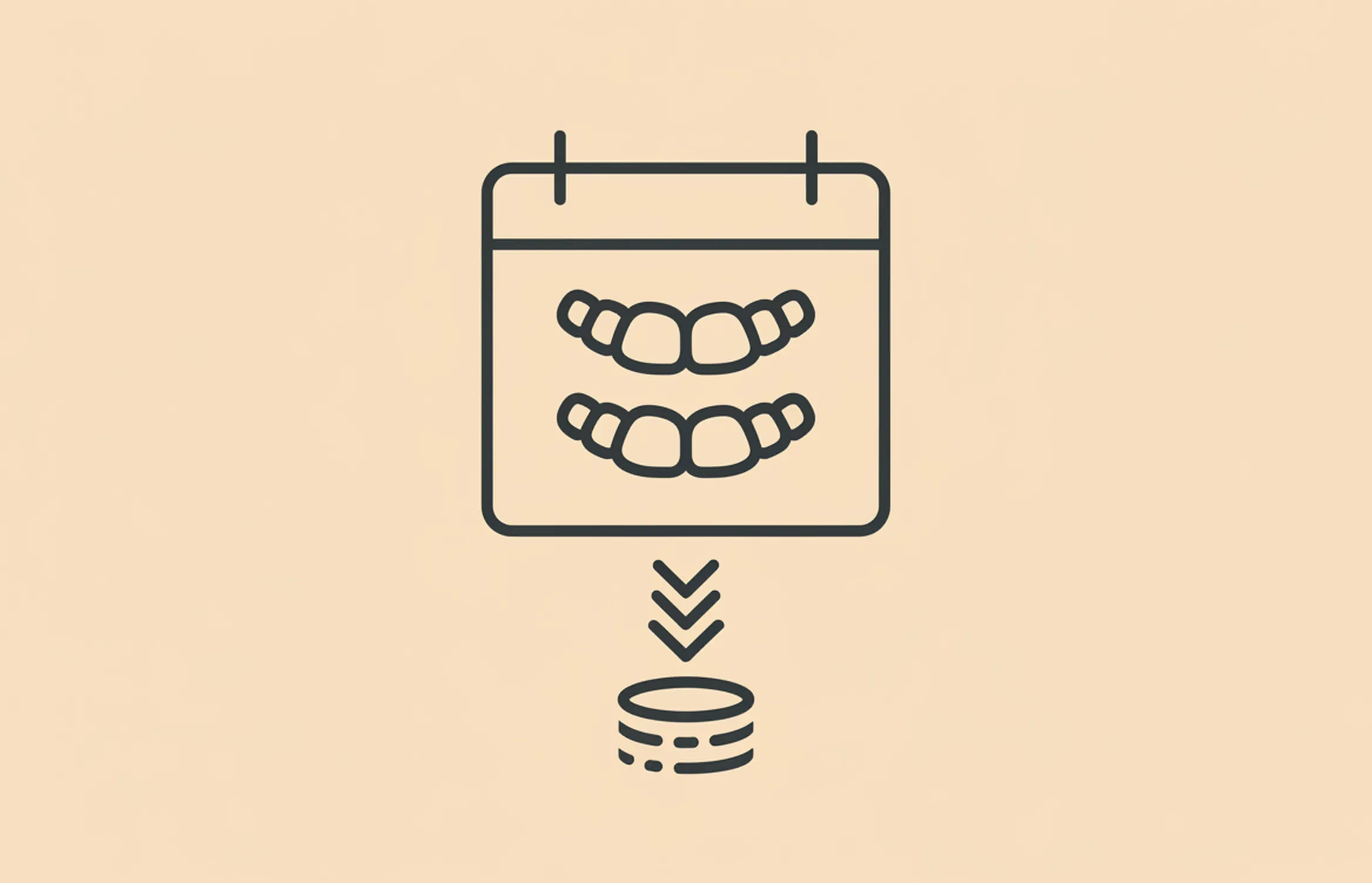
Can You Pay Monthly for Invisalign?
Understanding Invisalign costs, monthly payment plans, insurance coverage, FSA and HSA options, and financial alternatives for clear aligner orthodontic treatment

Dental Retainers – Costs & Information
Comprehensive guide to orthodontic retainers including types (Hawley, clear, fixed), costs, effectiveness, survival rates, proper wear protocols, and maintaining teeth alignment after braces

How Much is a Replacement Retainer?
Complete guide to replacement retainer costs including types (Hawley £70-£300, clear plastic £50-£140, bonded £100-£400), what to do if you lose a retainer, importance of immediate replacement, and prevention tips
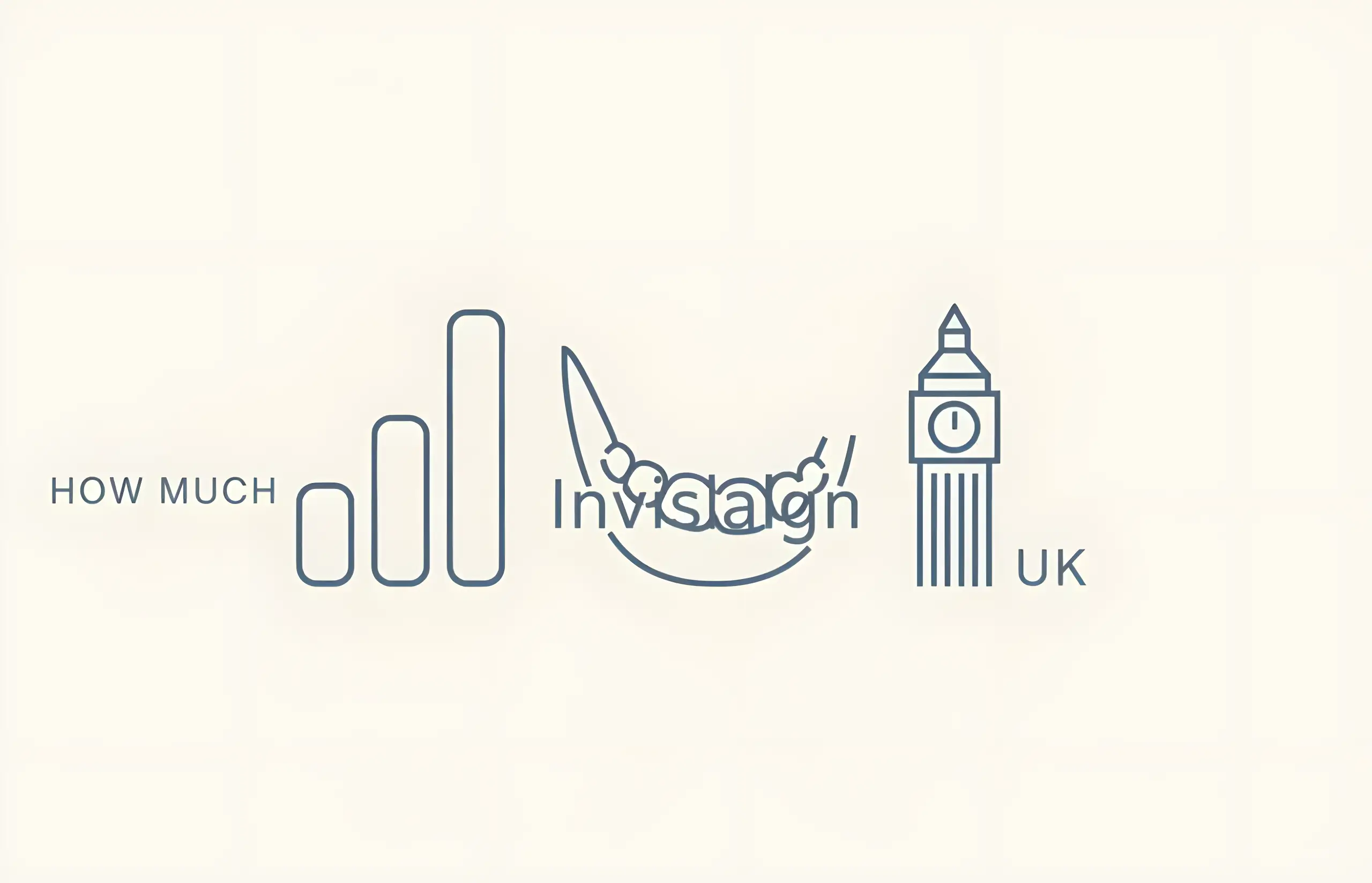
How Much Does Invisalign Cost in the UK?
Comprehensive guide to Invisalign invisible braces including costs, treatment process, eligibility, and what conditions can be treated
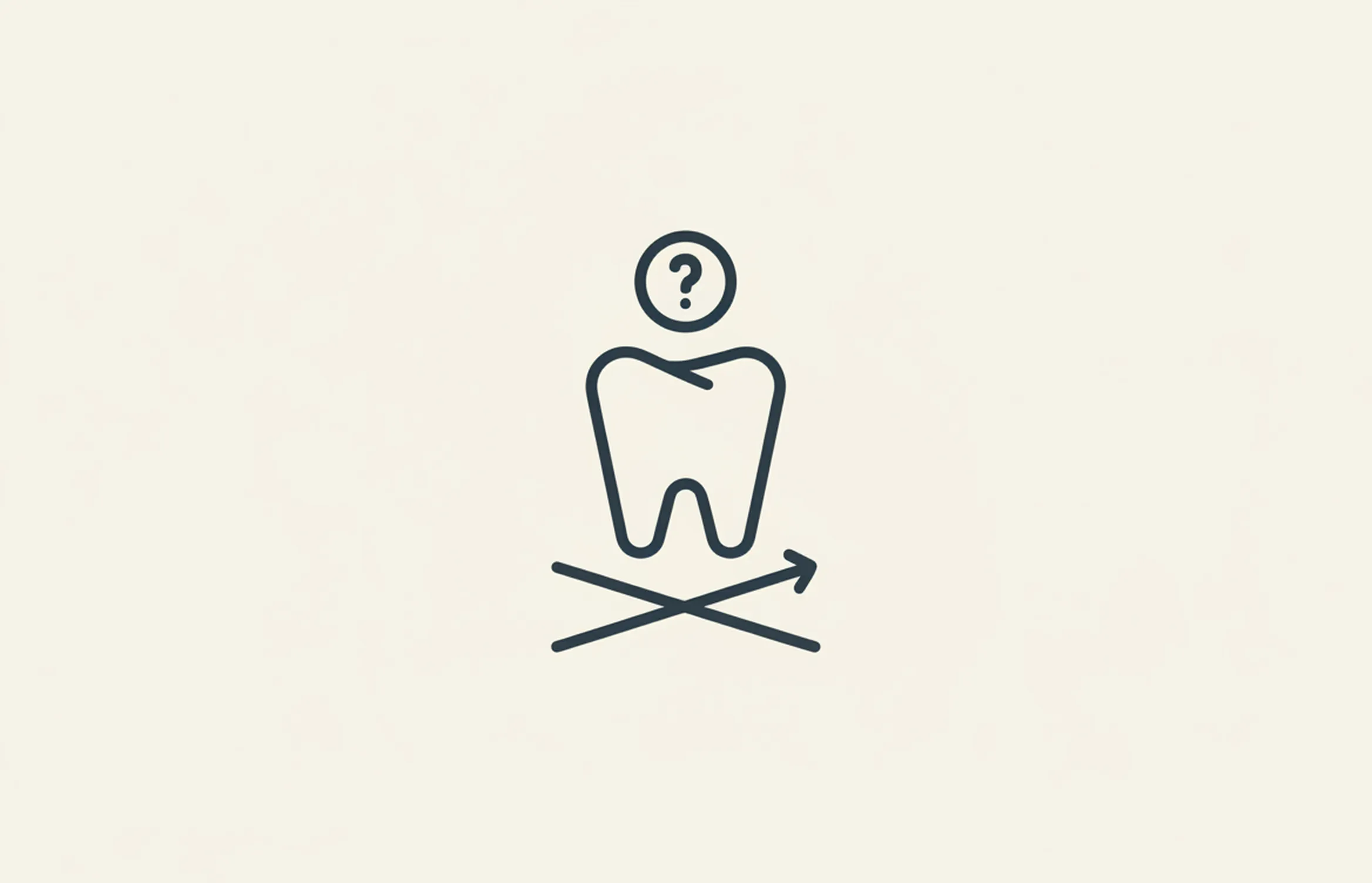
How Much Does Invisalign i7 Cost?
Comprehensive guide to Invisalign i7 clear aligner system for minor crowding and spacing issues, including treatment process, benefits, and costs (£1500 for full treatment)
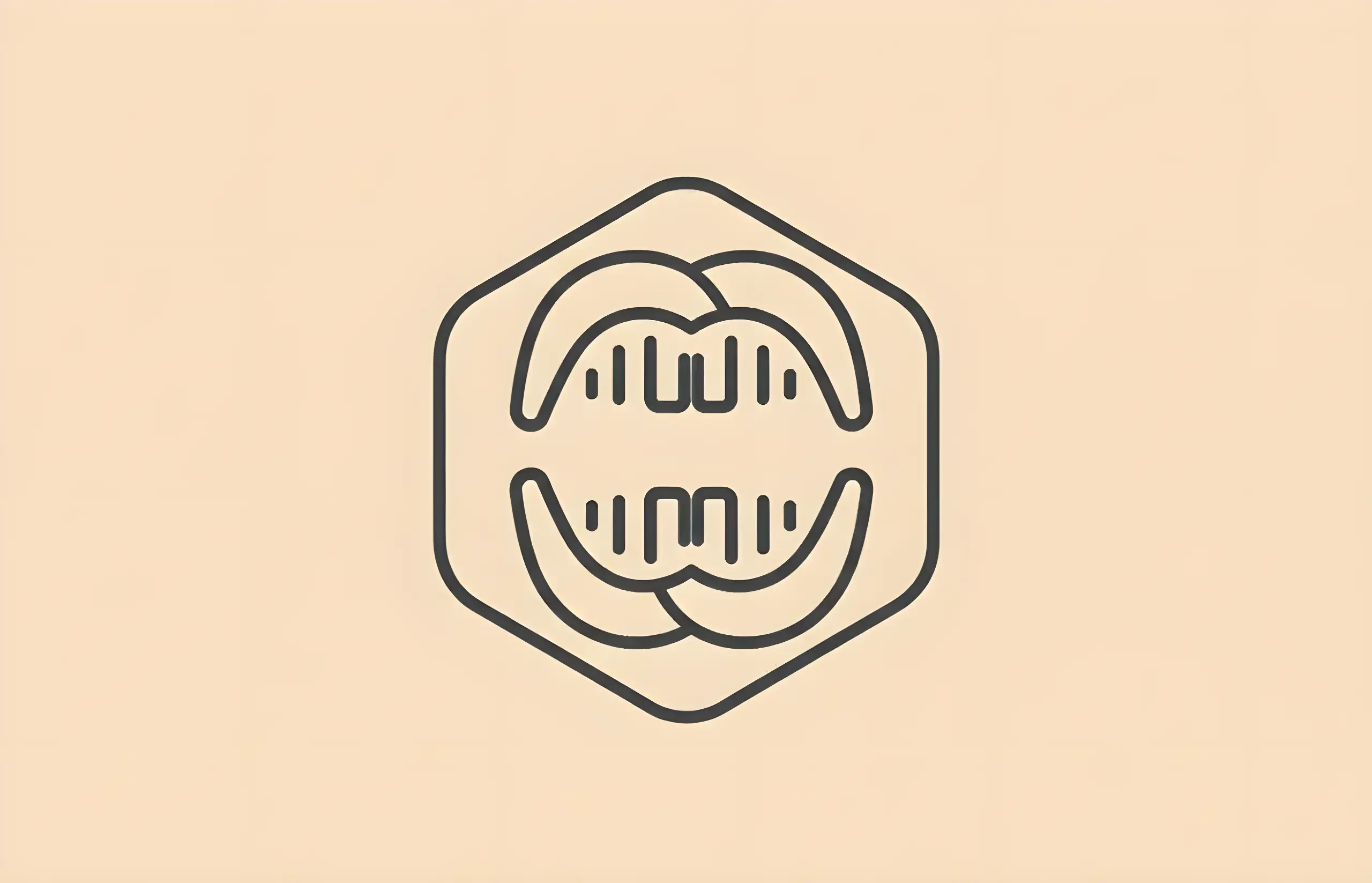
Retainers for Teeth: A Simple Guide
Complete guide to dental retainers including clear retainers, fixed retainers, and Hawley retainers, with costs, benefits, and aftercare information
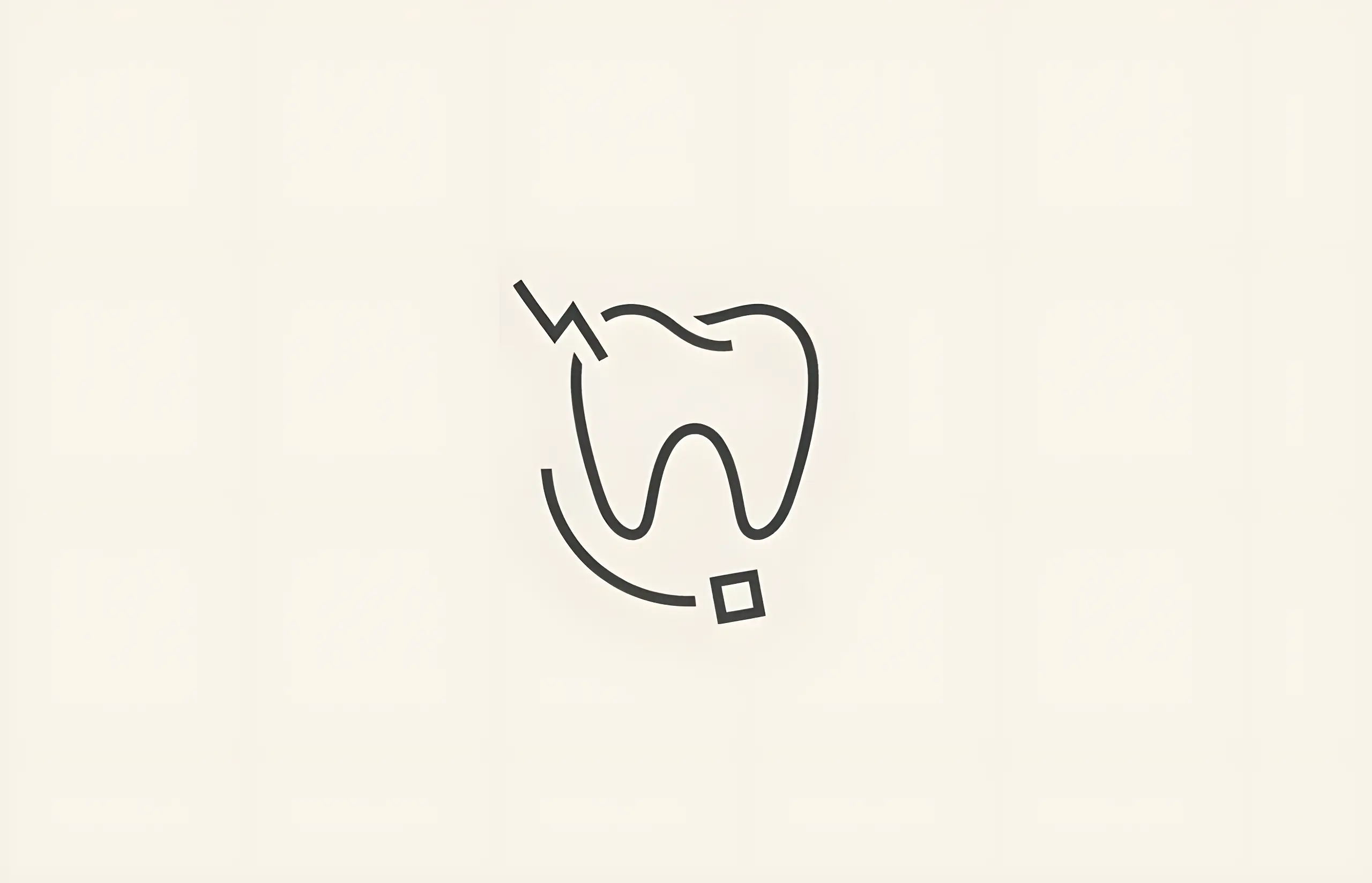
What Happens If You Don't Wear Your Retainer
Learn why retainers are essential after orthodontic treatment including consequences of not wearing your retainer, relapse risks, retention phase duration, and proper retainer care
About The Dental Guide
The Dental Guide is a trusted online resource providing evidence-based information about dental health, treatments, and procedures. Our content is created and reviewed by qualified dental professionals to help you make informed decisions about your oral health.
Our Mission
- Evidence-based dental information
- Expert-reviewed content
- Clear, accessible explanations
- Latest treatment options
- Patient-focused guidance
Editorial Standards
- GDC-registered dental professionals
- Peer-reviewed sources
- Regular content updates
- Medical accuracy verification
- Transparent authorship
Important Notice
The information on The Dental Guide is for educational purposes only and should not replace professional dental advice. Always consult with a qualified dentist for diagnosis and treatment recommendations tailored to your individual needs and circumstances.
Medically Reviewed
Reviewed by Dr. Nasim Mechoui , BDS (Bristol)
Share this article
Comments & Discussion
Have questions about dental implants? Share your thoughts or experiences.
